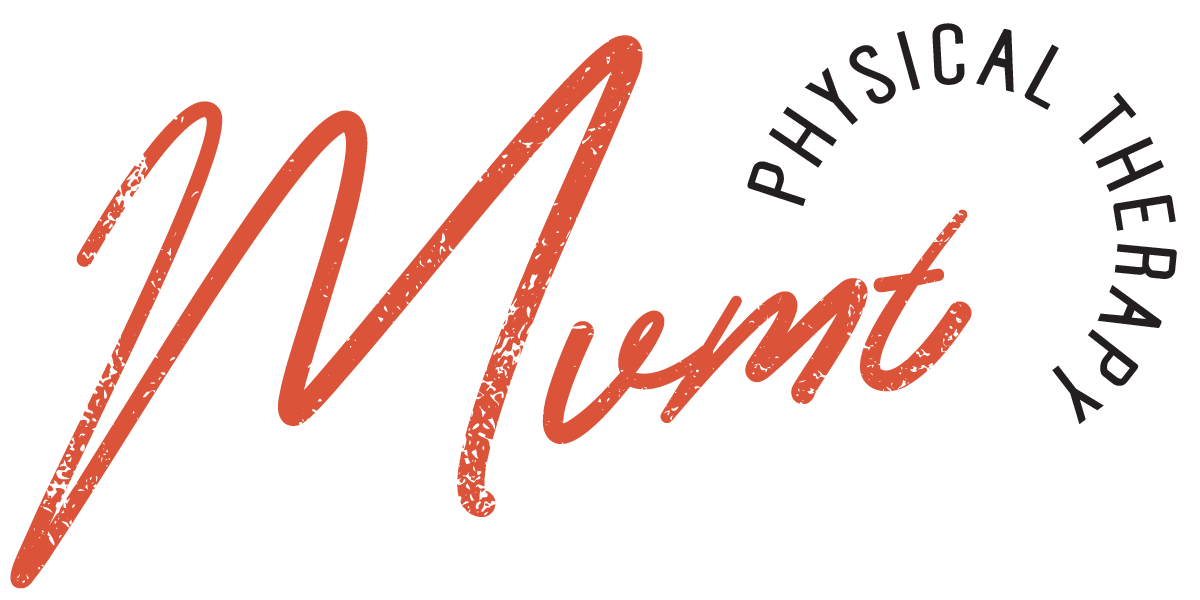Author - Anastasia Belikov, PT, Cert. MDT
Graduated with her DPT in 2017
https://www.linkedin.com/in/anastasia-belikov-pt24/
URL Copied!
Dynamic vs Static
IN THE KNOW
Friday, January 12, 2024
Dynamic and static stretching are two different approaches to flexibility exercises, each with its purpose and benefits.
1. Dynamic Stretching:
Definition: Dynamic stretching involves moving parts of your body and gradually increasing reach, speed of movement, or both. It's not about holding a position but rather about moving through a range of motion.
Purpose: This type of stretching is ideal for warming up before exercise, as it helps to increase blood flow and muscle temperature, which prepares your muscles for more vigorous activities.
Examples: Leg swings, arm circles, lunges with a twist, and inchworms are common dynamic stretches.
Benefits: Enhances muscular performance and power, improves functional range of motion, and reduces the risk of injury when done before workouts.
2. Static Stretching:
Definition: Static stretching involves stretching a muscle (or group of muscles) to its farthest point and then maintaining or holding that position.
Purpose: Usually performed after exercising, it's aimed at cooling down the body and increasing muscle length and flexibility.
Examples: Toe touches, hamstring stretches, triceps stretches, and butterfly stretches are typical static stretches.
Benefits: Increases muscle length, improves flexibility and helps with post-exercise recovery. It can also provide a calming and relaxing effect, making it suitable for stress relief.
Dynamic stretching is movement-based, helps in warming up muscles before an activity, and focuses on preparing the body for movement. Static stretching, on the other hand, is stationary, ideal for cooling down after exercise, and aimed at improving flexibility and muscle length.
The duration for holding a static stretch to effectively lengthen muscle fibers can vary based on your fitness level, flexibility goals, and the specific muscle being stretched. However, general guidelines suggest the following:
Typical Duration: For most people, holding a static stretch for about 15 to 30 seconds is beneficial. This duration is long enough to elongate the muscle fibers and improve flexibility, but not so long that it causes discomfort or injury.
For Greater Flexibility: If you're aiming for greater flexibility, such as in gymnastics or dance, you might hold stretches for longer periods, such as 30 to 60 seconds. Some advanced flexibility training involves holding stretches for even longer, but this should be done cautiously and preferably under the guidance of a trained professional.
Frequency: Repeating the stretch 2 to 4 times is typically recommended. Consistency is key in flexibility training, so incorporating static stretching into your routine several times a week is important.
Gentle Approach: It's crucial to stretch gently and without bouncing. Stretch to the point of mild discomfort, not pain. Overstretching can cause muscle damage.
Warm-Up: Perform a light warm-up before static stretching. Stretching cold muscles can lead to injury. A warm-up could be a light aerobic activity like jogging in place or cycling for 5-10 minutes.
Cool Down: Static stretches are also effective during the cool-down phase after exercise, as they can help reduce muscle soreness and improve relaxation.
Remember, individual needs can vary, so it's important to listen to your body and adjust accordingly. If you have any specific health conditions or are recovering from an injury, it's wise to consult with a healthcare professional or a physical therapist for personalized advice.
Static stretching, which involves holding a stretch for a prolonged period, can have certain effects on muscles that make it less ideal to perform before workouts, especially those requiring power, strength, or explosive movements. Here are the key reasons:
Reduced Muscle Strength: Research has shown that holding static stretches for long periods (over 60 seconds) before exercising can temporarily decrease muscle strength and power. This is often referred to as a decrease in muscle tension or muscle stiffness, which can negatively impact performance in strength-based or power-based activities.
Decreased Muscle Explosiveness: Static stretching can also reduce the explosive ability of muscles. For activities that require quick, powerful movements like sprinting or jumping, this temporary reduction in explosiveness can hinder performance.
Altered Neuromuscular Control: Prolonged static stretching can interfere with the normal neural function of muscles. This temporary change in neuromuscular control can affect coordination and muscle activation patterns, which are crucial for most athletic performances.
Reduced Blood Flow to Muscles: Holding a stretch for an extended period can constrict blood vessels, temporarily reducing blood flow to the stretched muscles. This could potentially limit the muscle's access to nutrients and oxygen right before exercise when they are most needed.
Mental Preparedness: Static stretching can have a relaxing effect, which might not be conducive to the mental state desired for some types of physical activity, especially those requiring high levels of arousal and focus.
It's important to note that static stretching is not harmful in itself and can be very beneficial for increasing overall flexibility and range of motion, especially when done as part of a cooldown or at times separate from a workout. However, dynamic stretching – involving moving joints and muscles through their full range of motion – is generally recommended for a pre-workout routine as it better prepares the body for physical activity. This type of stretching increases blood flow that warms up the muscles, and enhances flexibility and performance.



